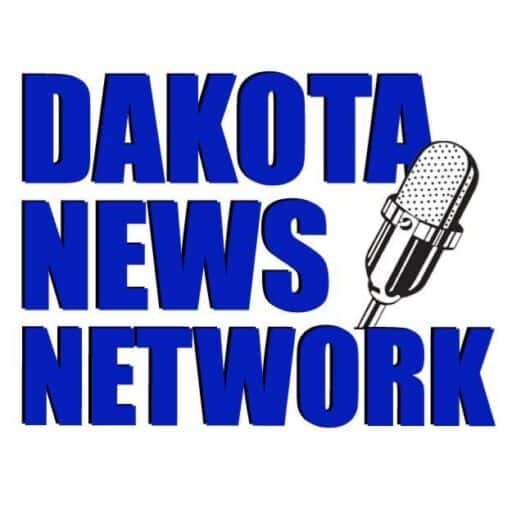Many experts have said the agricultural economy has grown softer in the last 6-8 months. Nate Kauffman, senior vice president and Omaha branch executive with the Kansas City Federal Reserve, says it starts with lower commodity prices.
He says, “We’ve seen some declines in commodity prices, notably corn, and other major commodities, that would have large implications for the middle of the country as well. Alongside what I would describe as much higher financing costs. Profits are likely to be thinner this year, but I would argue that the strength of recent years will limit much of the financial stress that we might otherwise have expected to see when you’re looking at percentage declines in farm income.”
While there are always exceptions, Kauffman says many farmers should be in strong enough financial shape to withstand the lower incomes in 2024. Kauffman says, “I would argue that many producers are still, despite this expected decline in farm income, in a very, very strong financial position, and much of this has to do with storing up working capital during these past couple of years when incomes were very strong. Some of this had to do with government payments going back to 2020 and 2021. We interact a lot with bankers and other lenders, and in some of our conversations with bankers last year, we would have banks tell us that they do not have any borrowers on a watch list. And that’s not common to have no borrowers on a watch list as it relates to potential risk.”
He says weaker incomes in 2025 could make things more challenging across the board in agriculture. Loan repayment rates are just beginning to drop in the KC Fed’s District according to Kauffman. He says, “We are starting to see that pull off a little bit. You can see that it had been weak before the pandemic, and then producers were in a very strong position to be able to repay loans during the pandemic and the year that followed because of income and government payments. As we look across the types of operations where you’re seeing more of that stress, it’s not in cattle. For those producers that have the cattle, and I know that’s not everyone, inventories are very low, prices are strong, and profits are good. It’s the others where we’re seeing challenges, more in the grain markets, specifically in corn and wheat.”
Interest rates are a significant headwind this year and going into 2025.
Kauffman says, “We maybe haven’t seen all of the implications associated with higher interest rates yet. Some loans have not yet been repriced. So, if you’re a borrower that has taken on a certain amount of financing at a low interest rate when that loan comes due or depending on the terms of the loan, you may need to reprice that loan at whatever the going rate is, which could be considerably higher than when you originated that loan a few years ago. So, it’s a risk worth mentioning because, as time goes by and interest rates stay high, that’s something that I think will continue to be a risk.”
Story courtesy of the NAFB News Service
